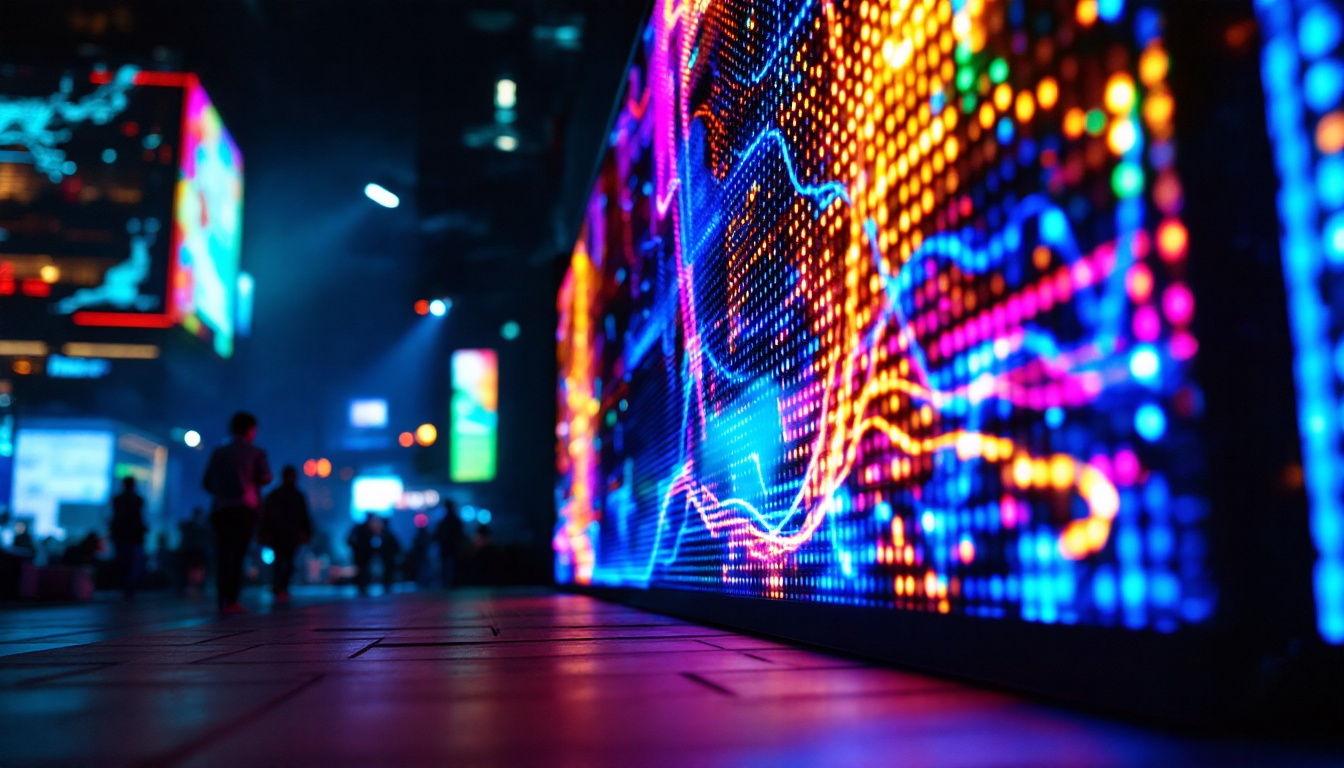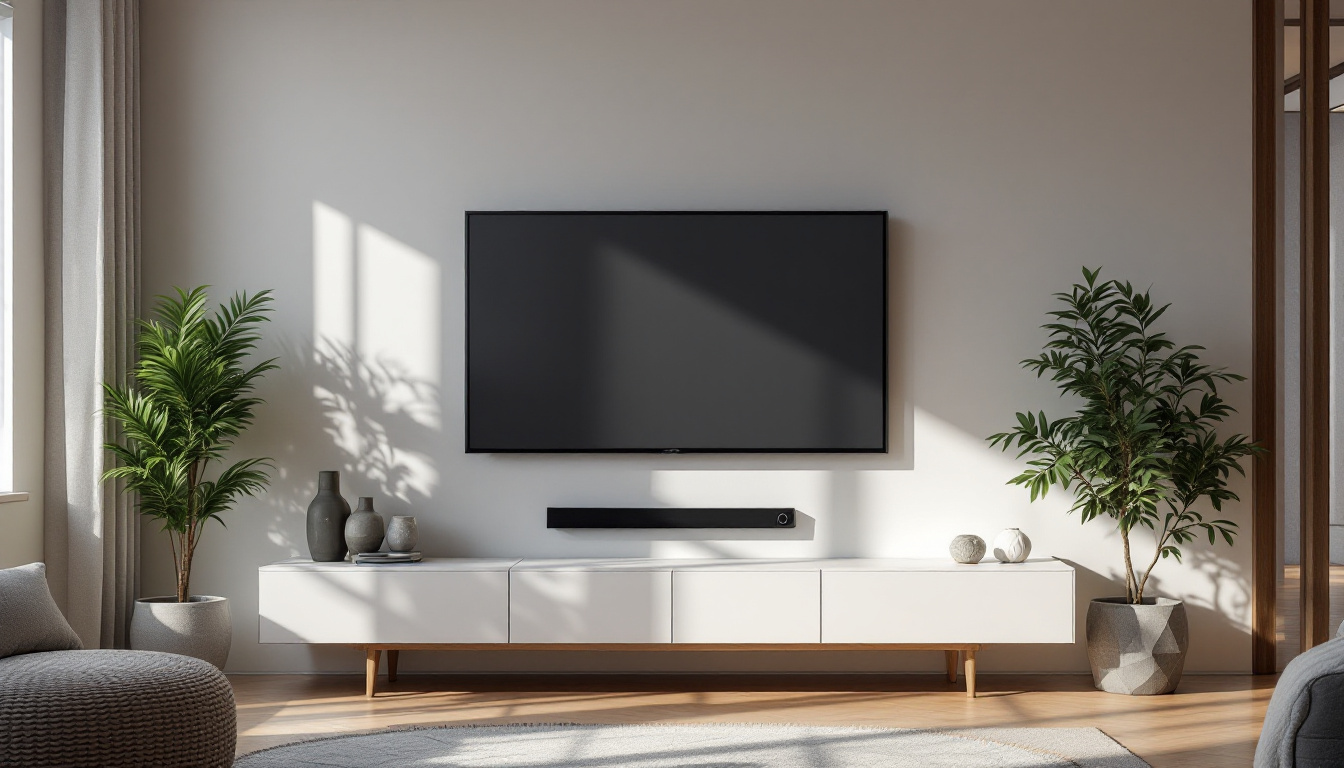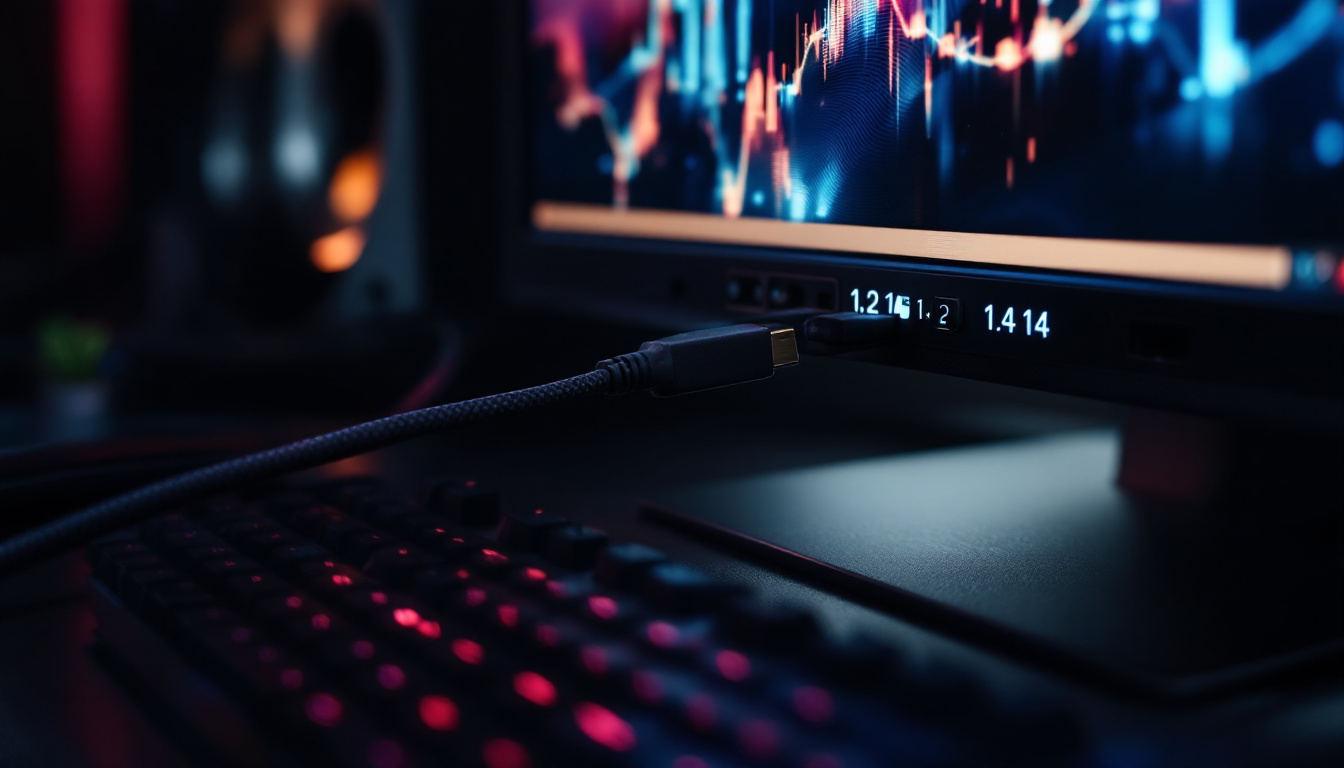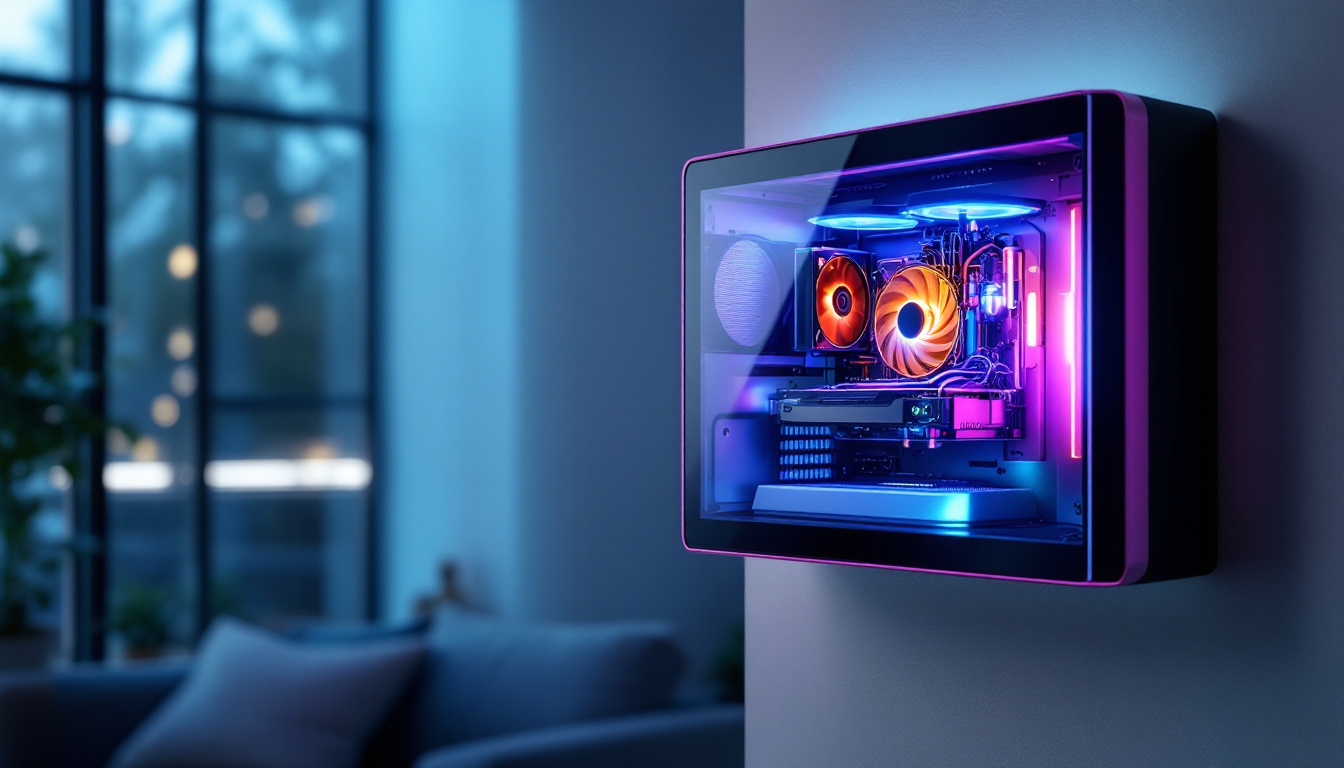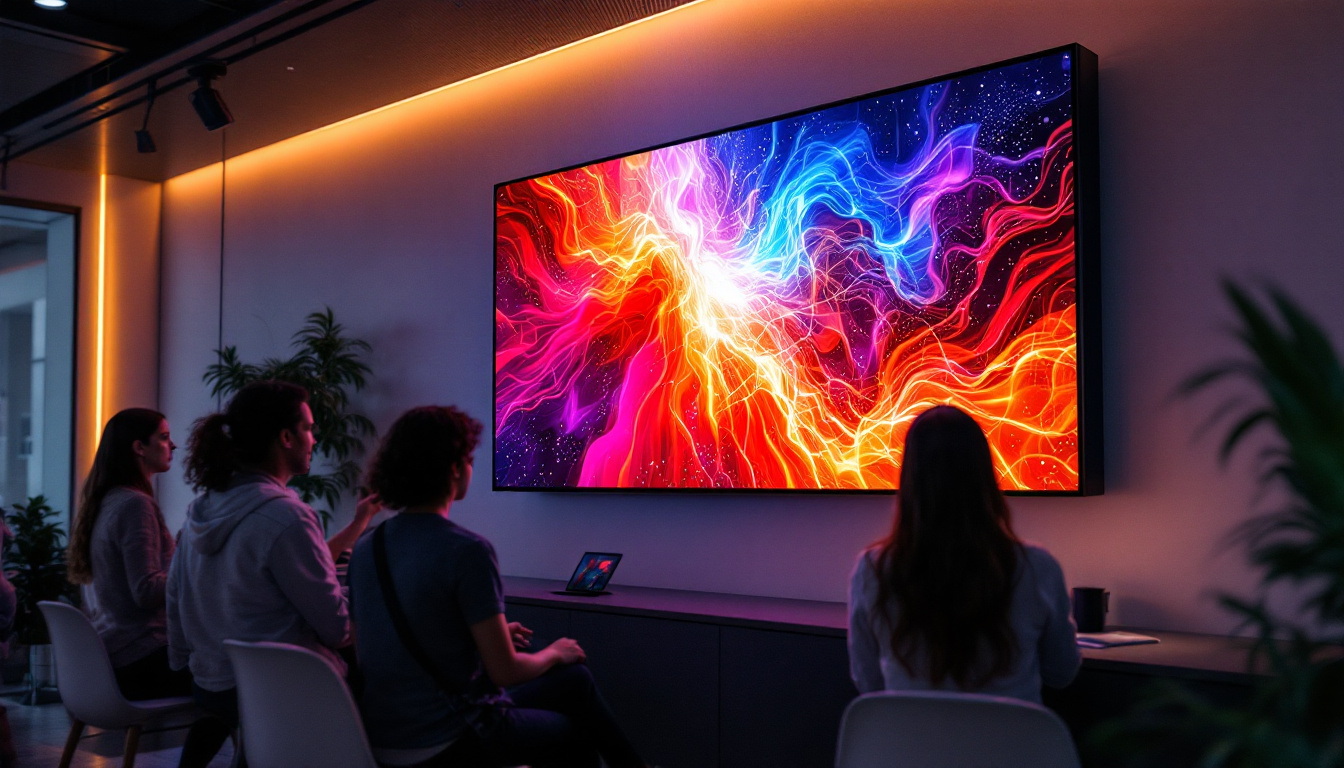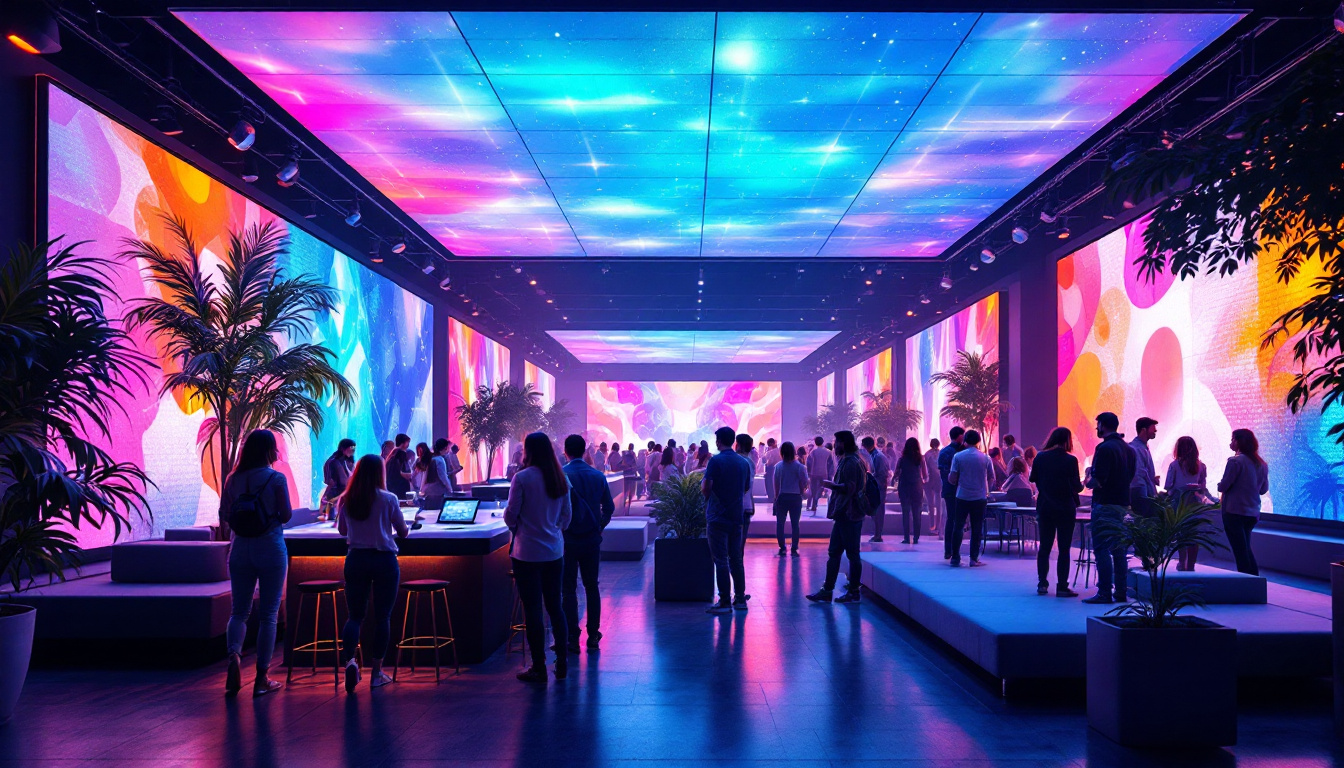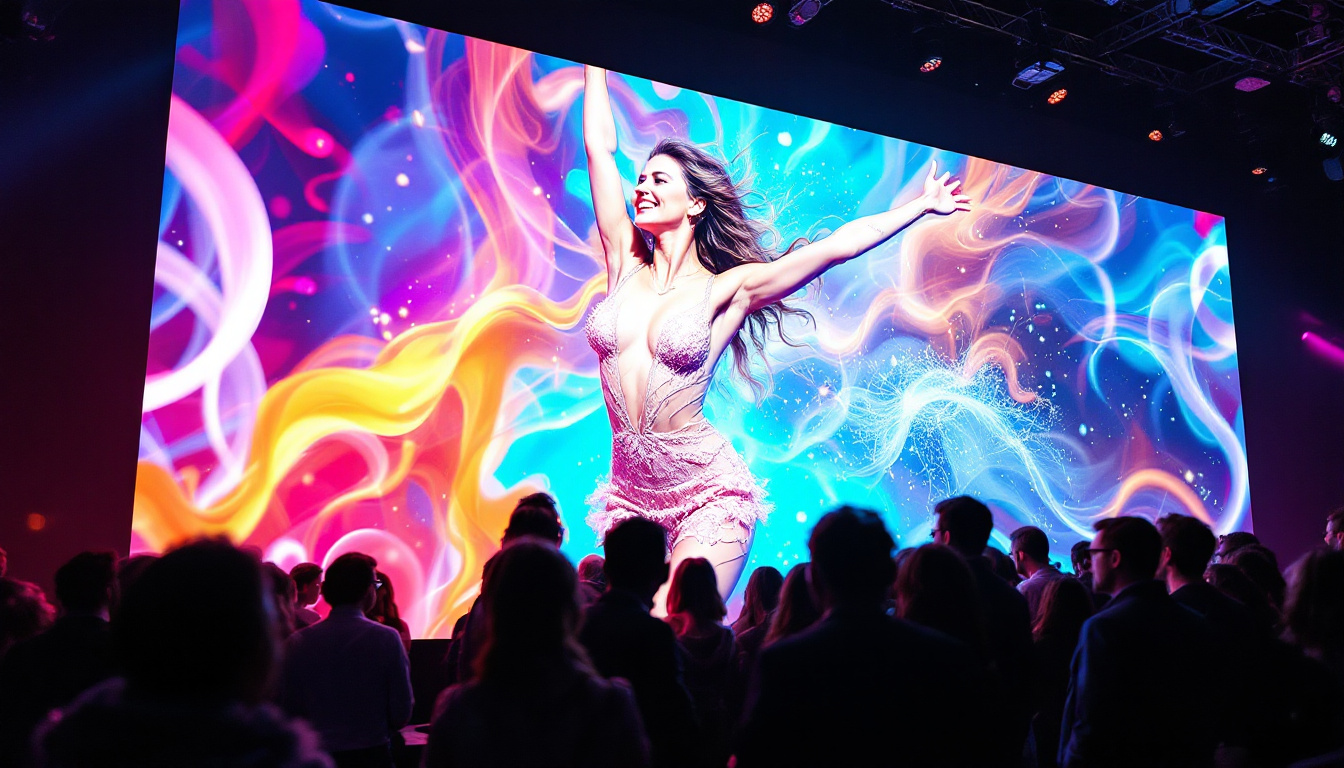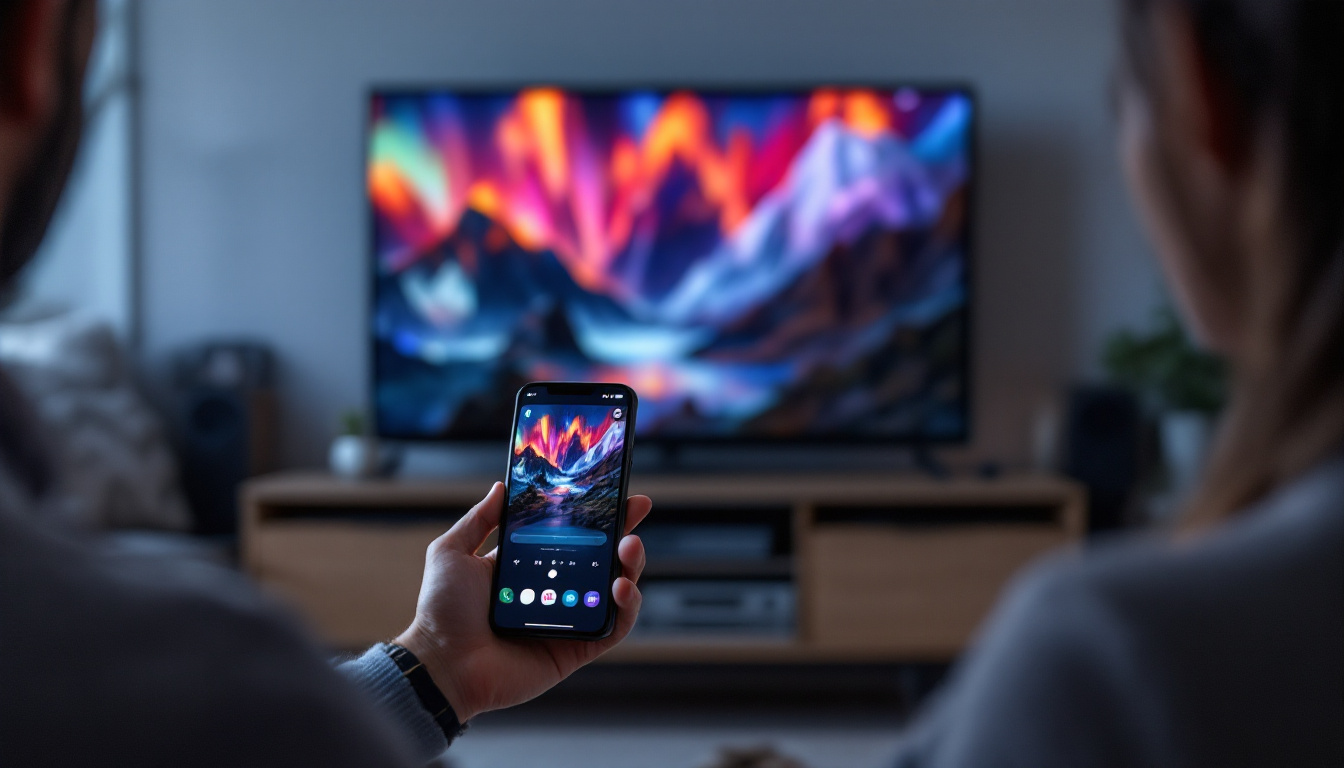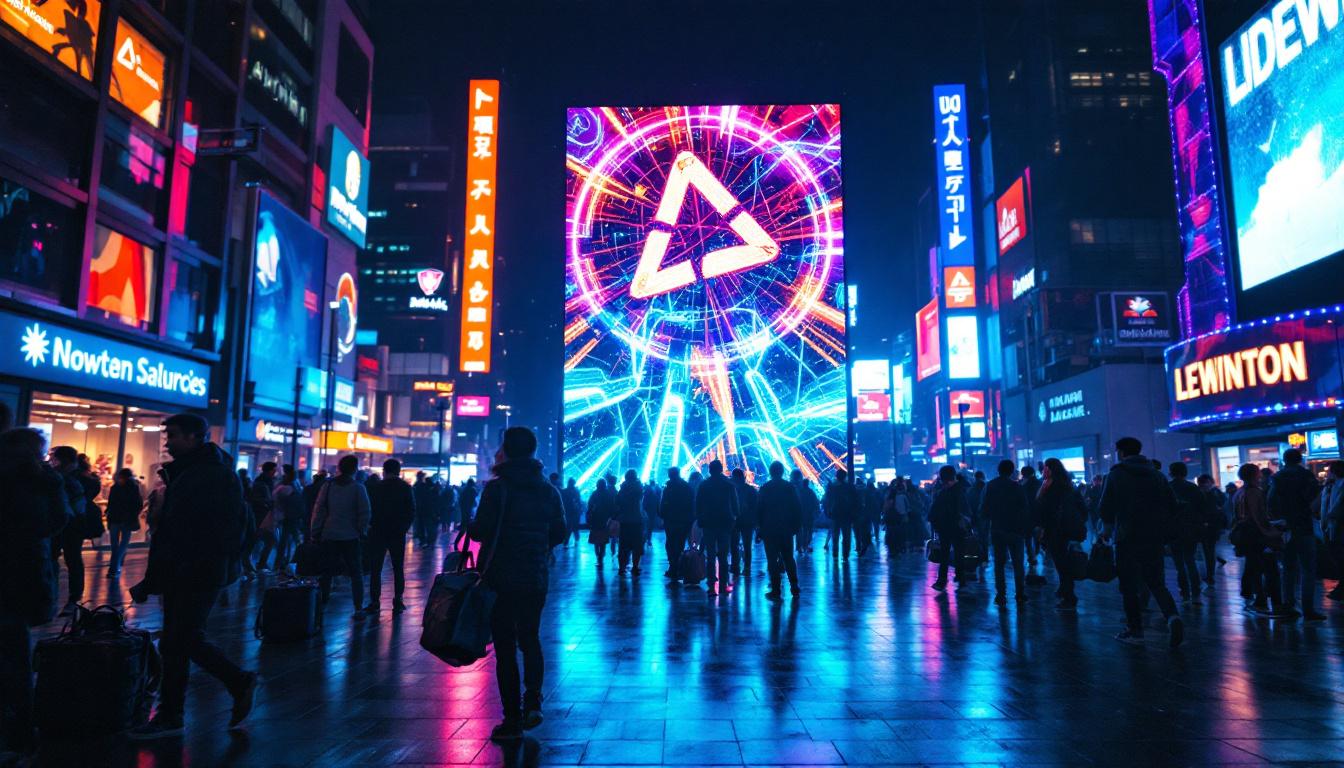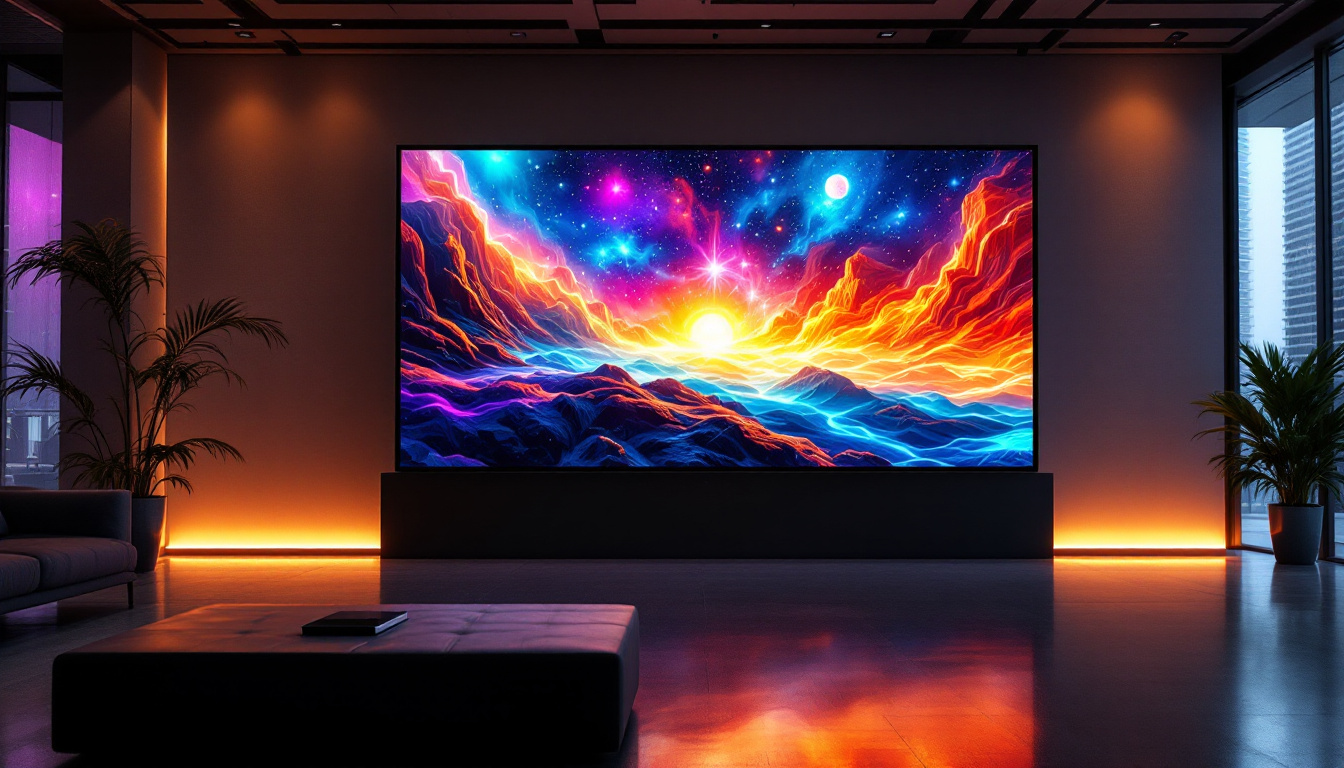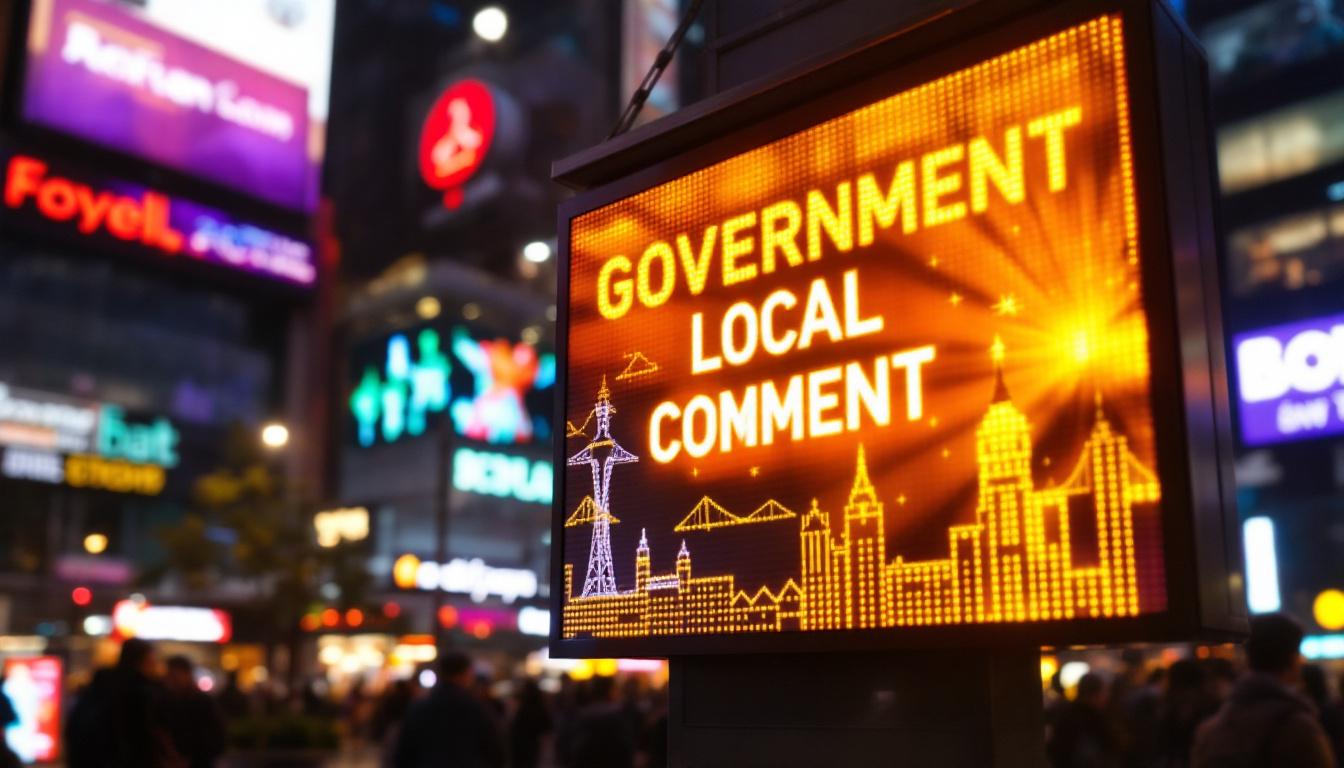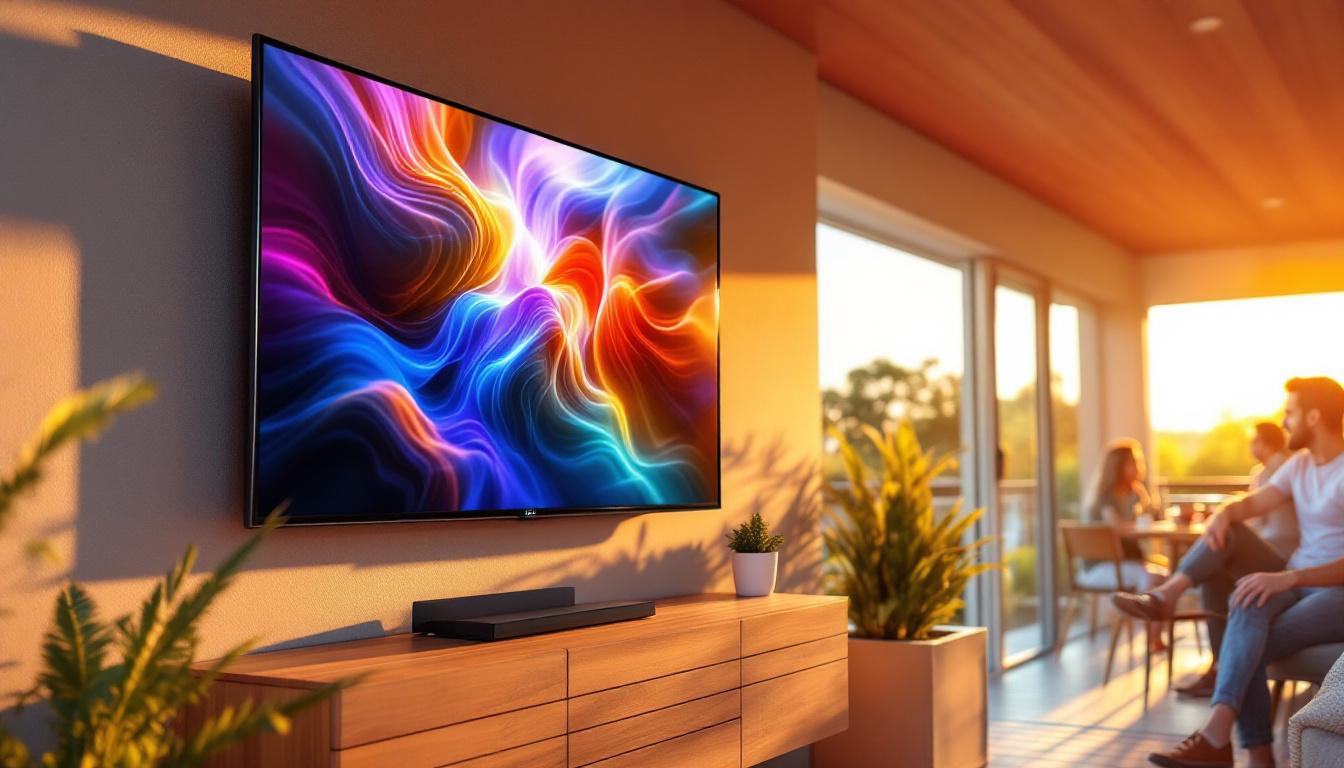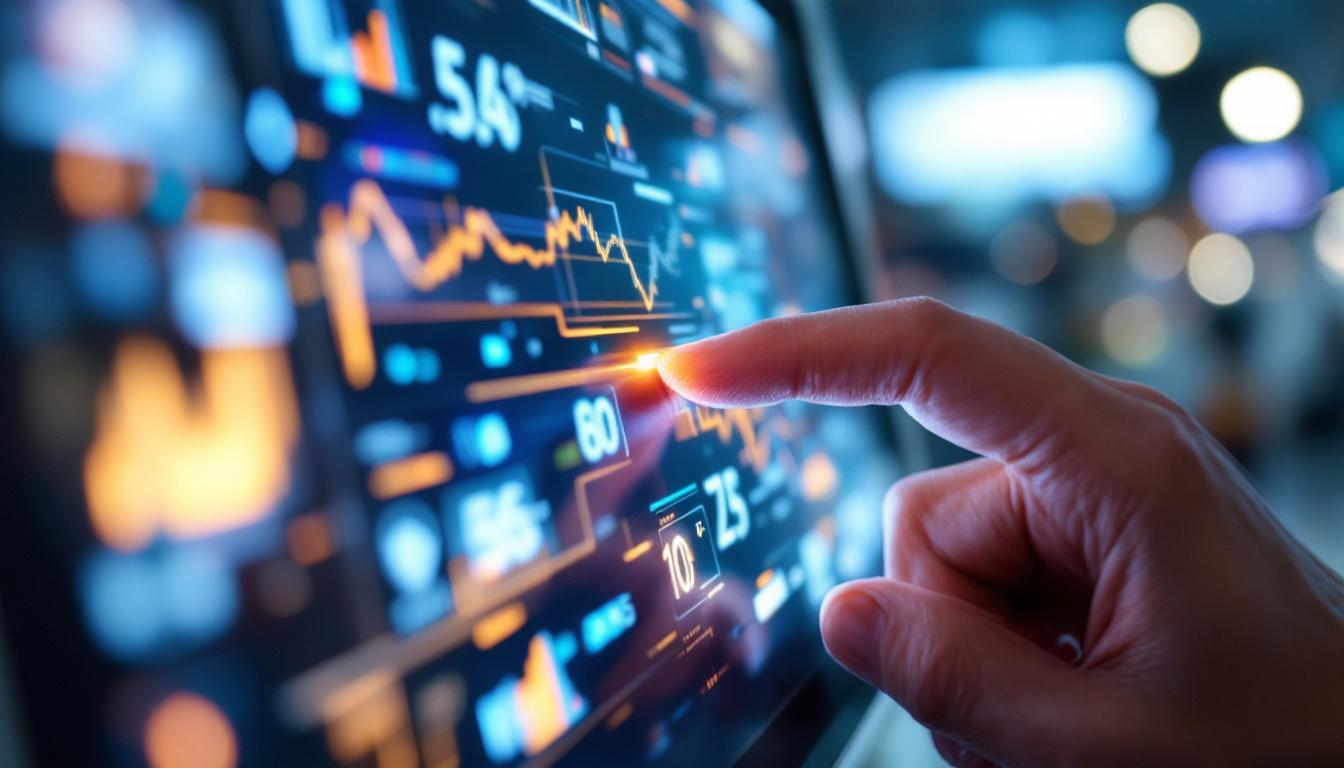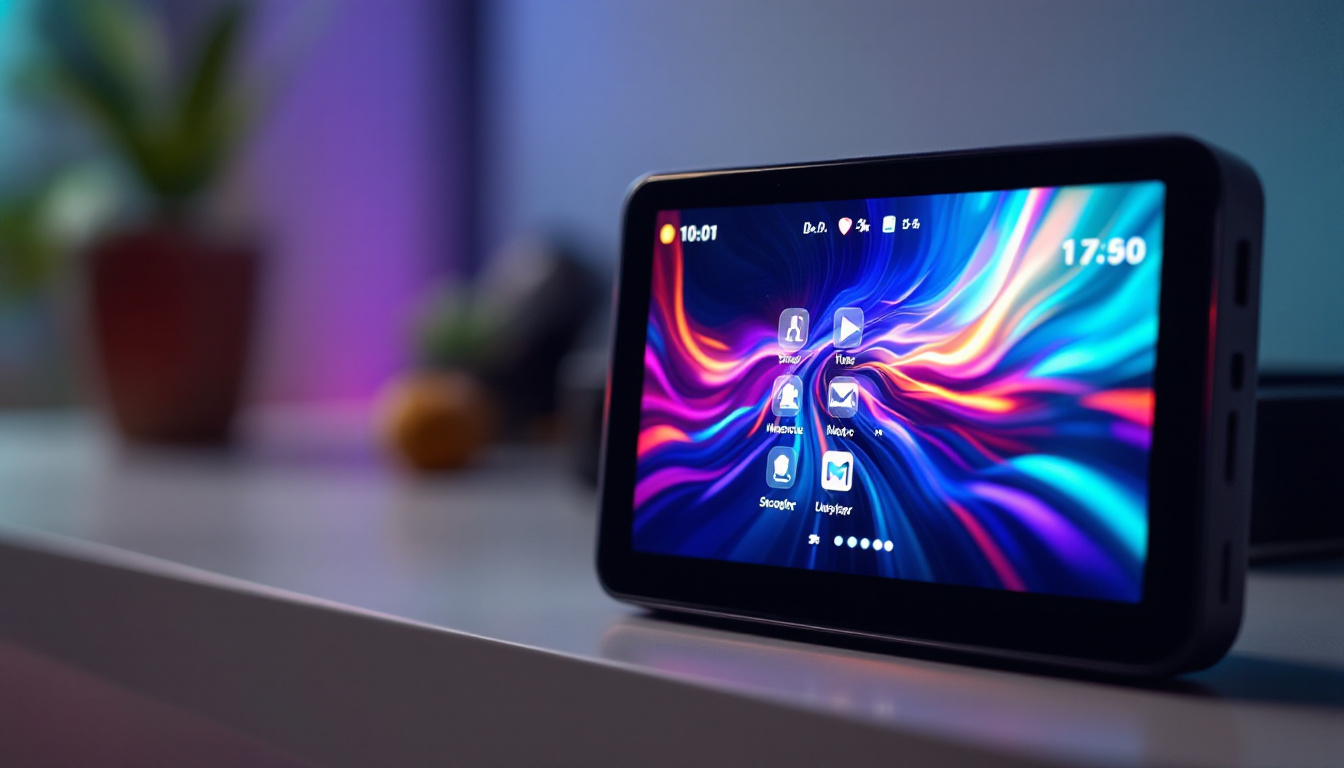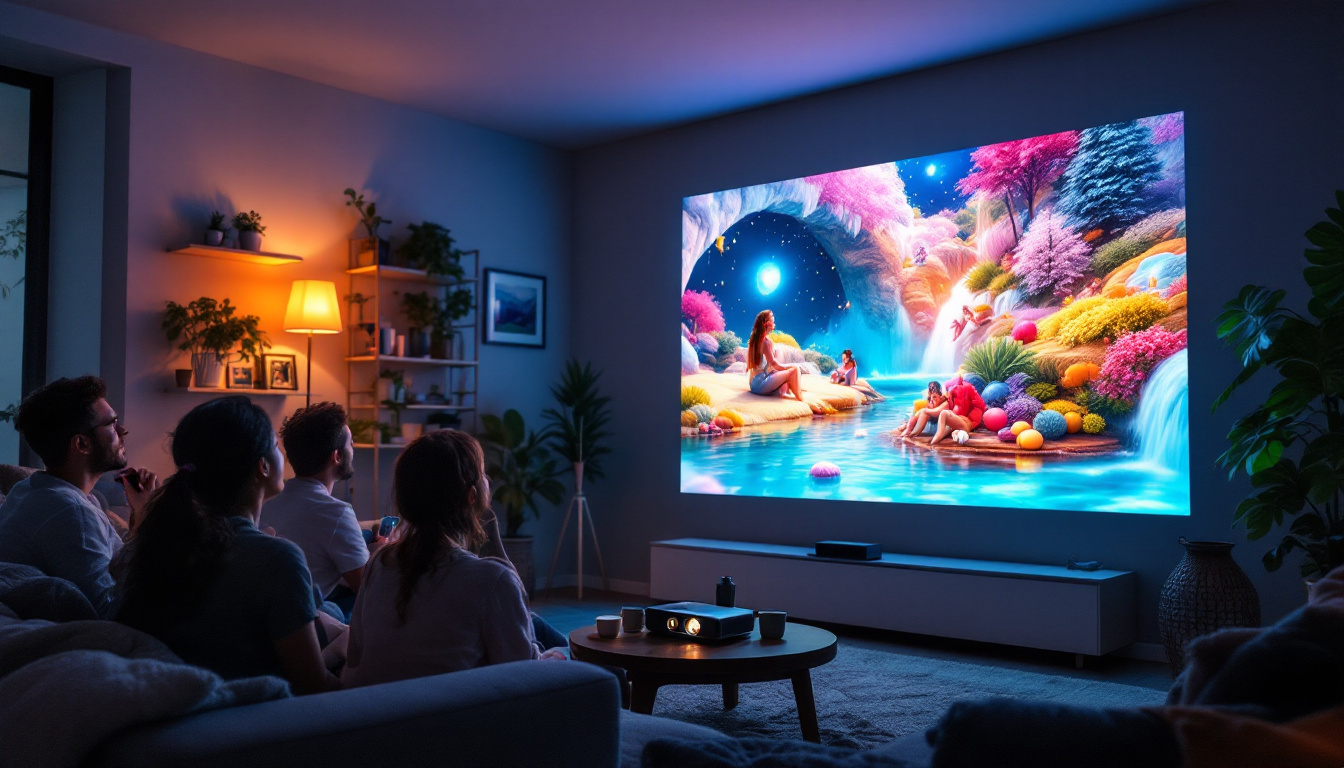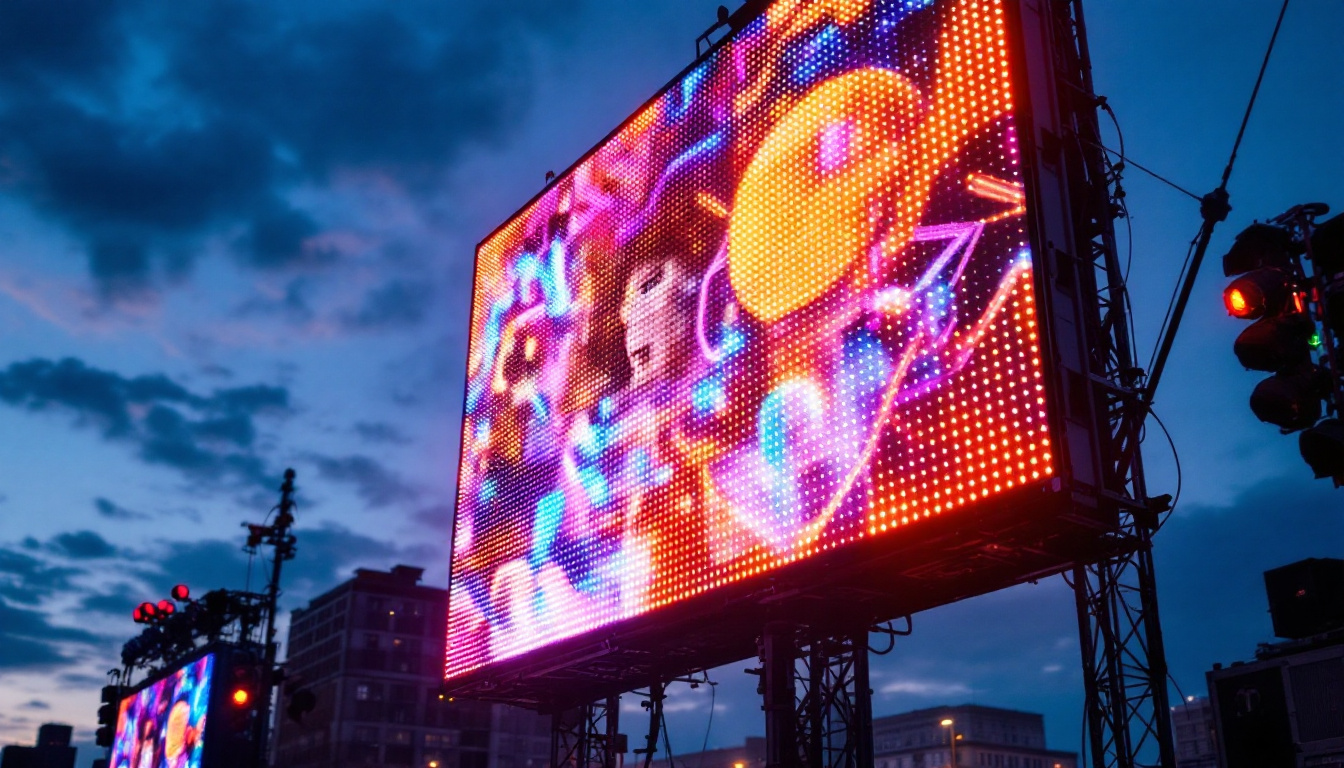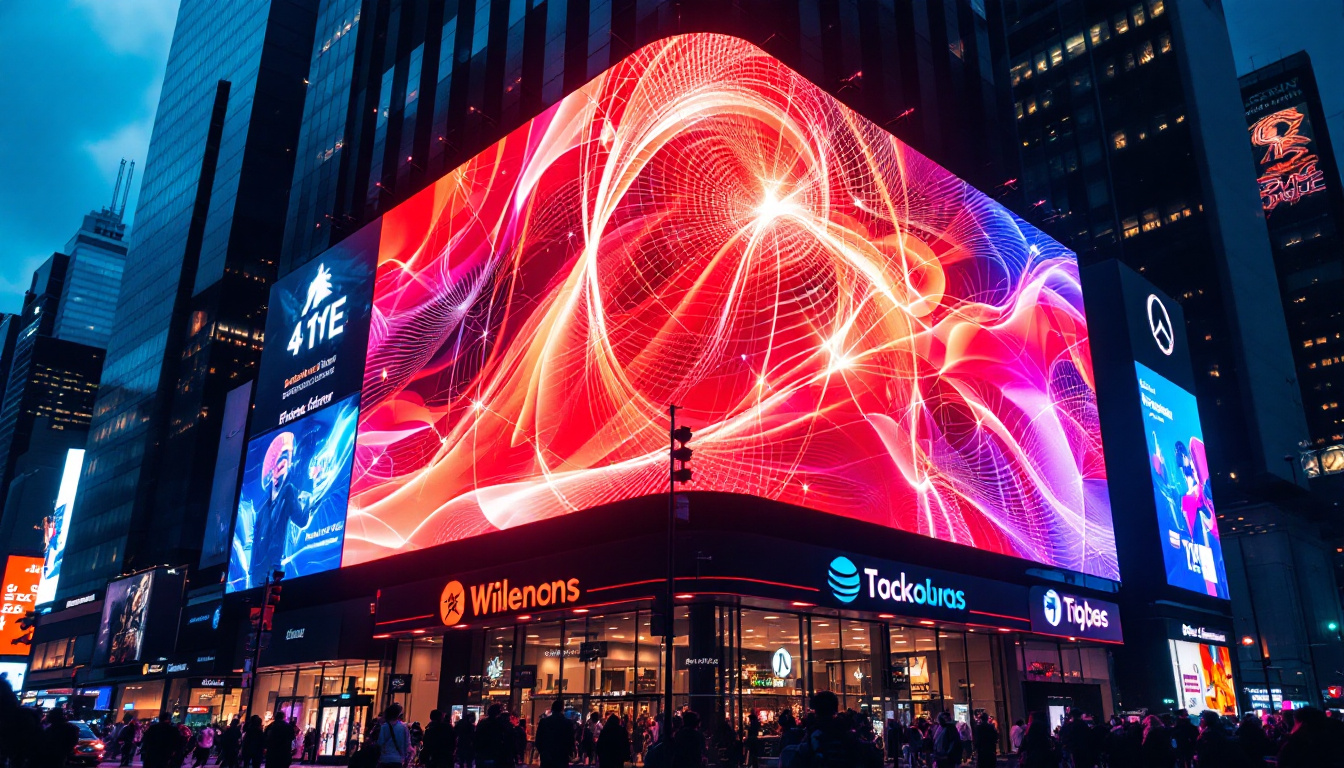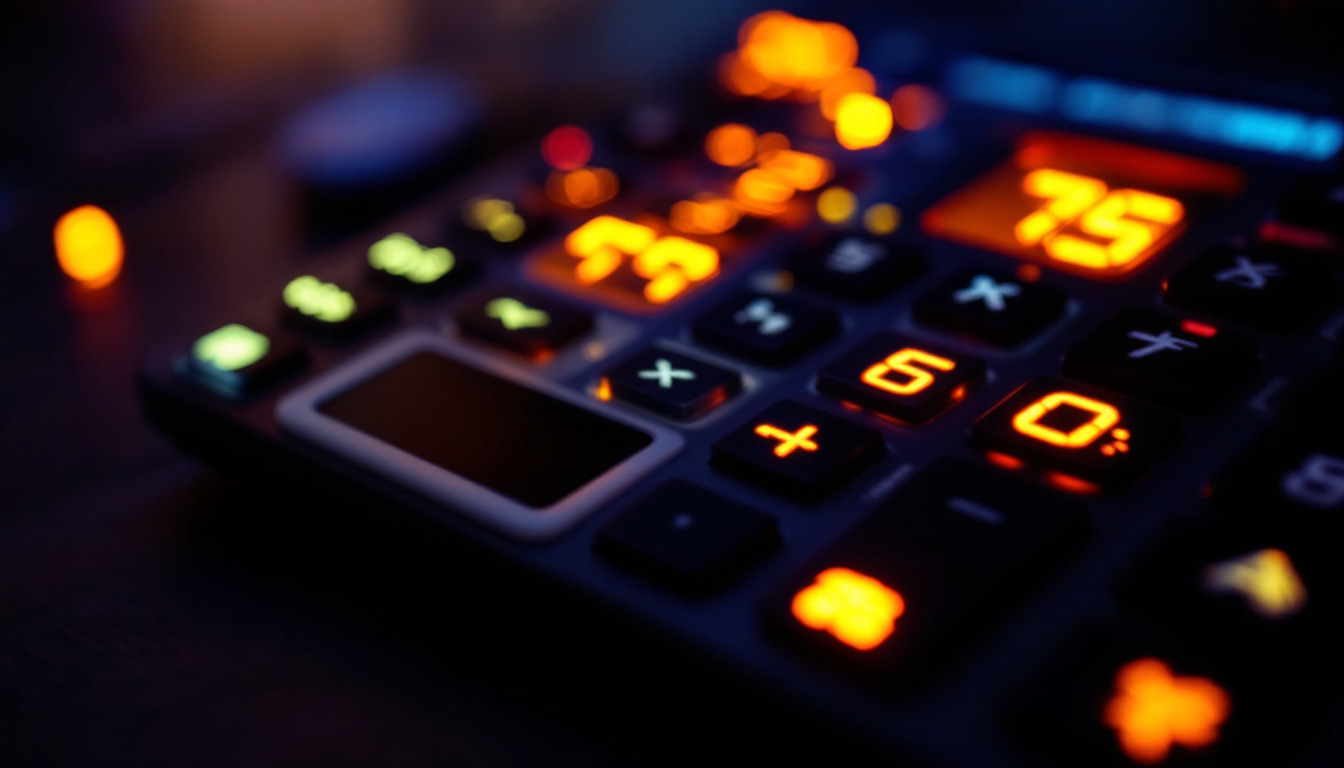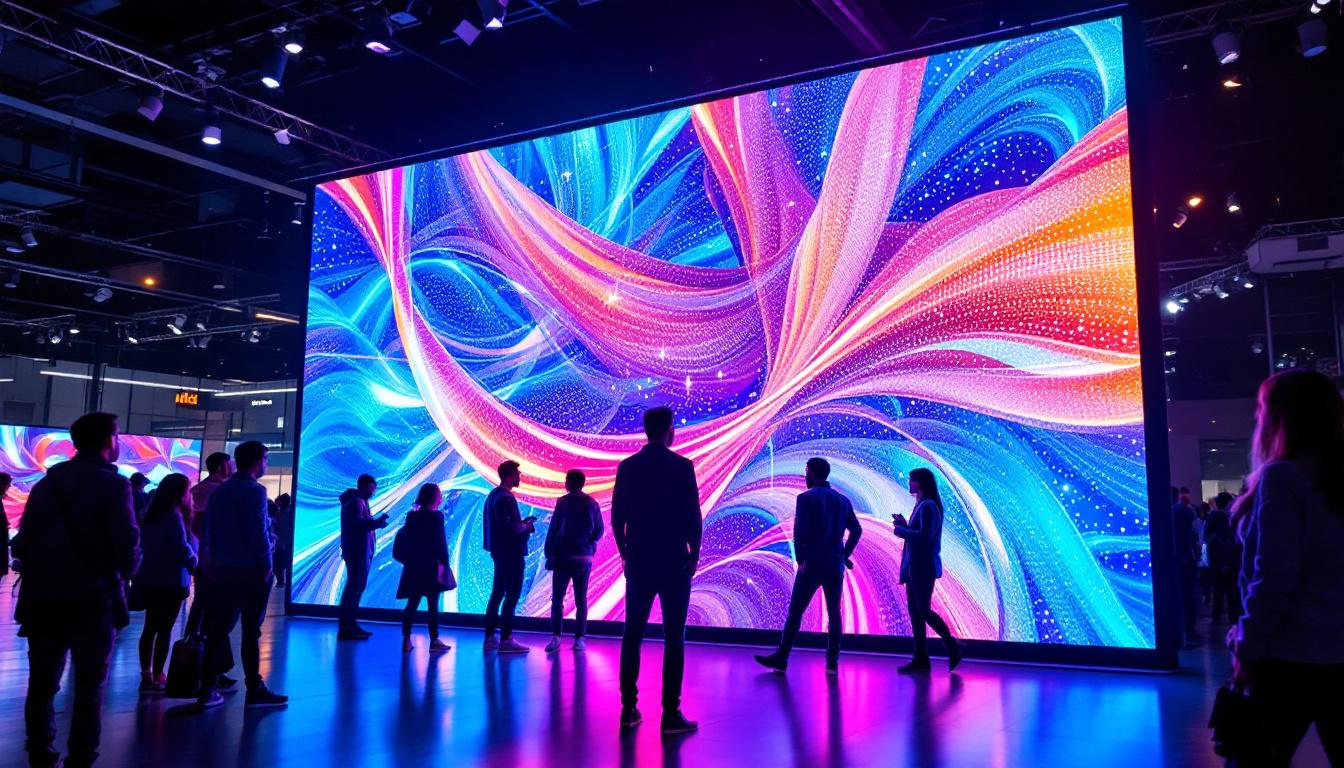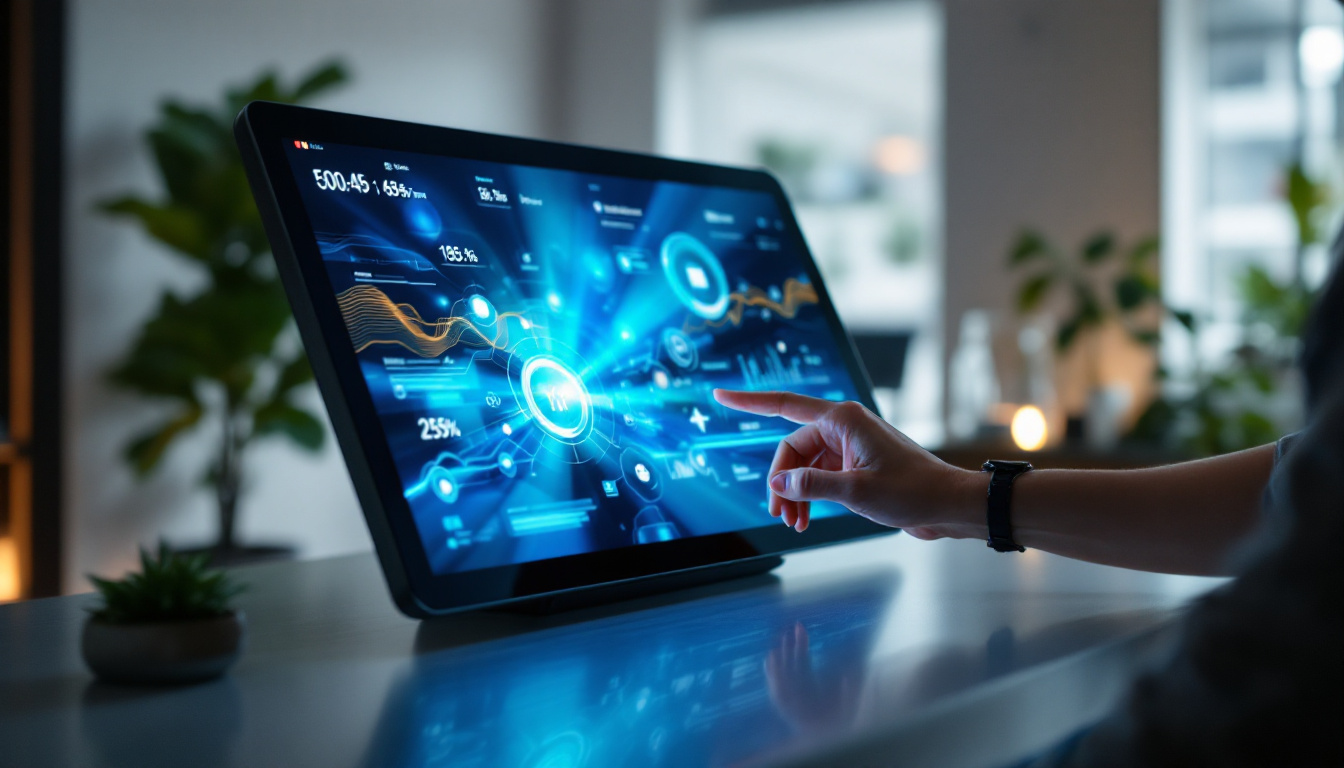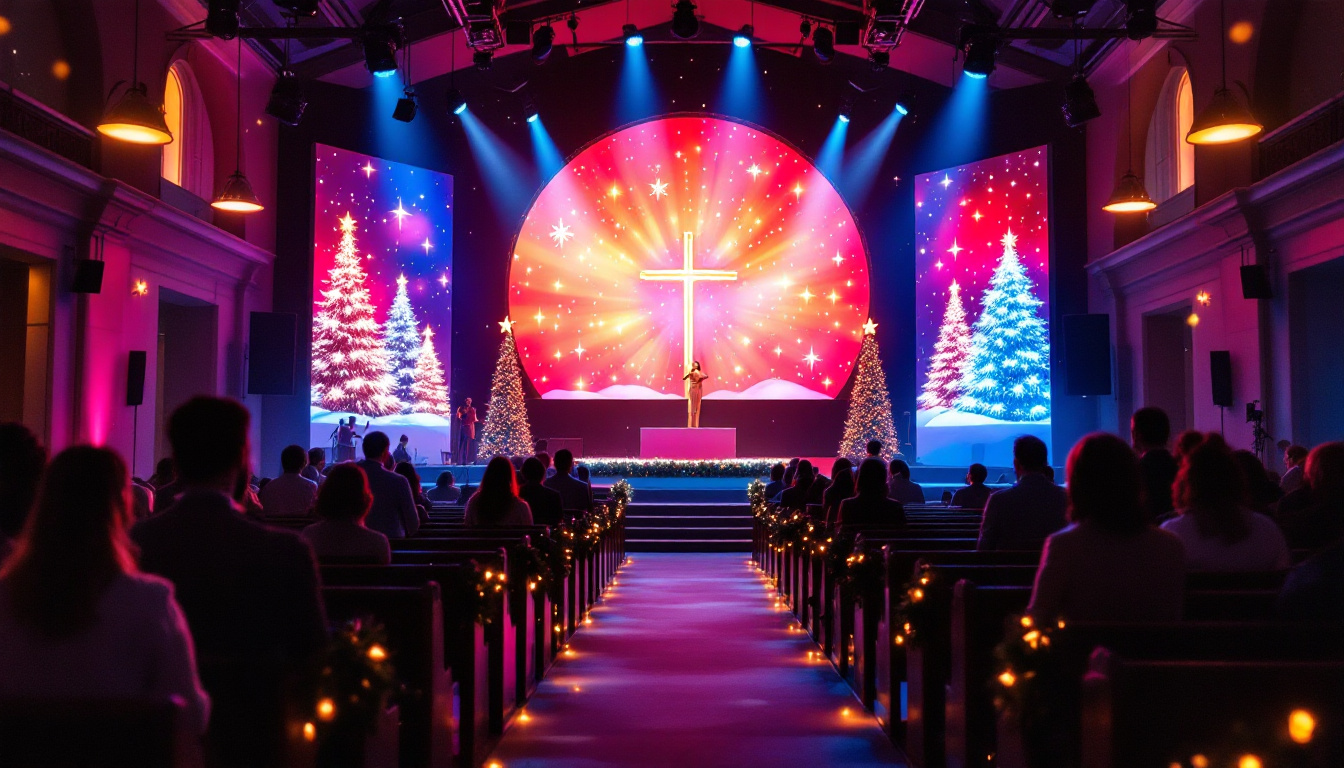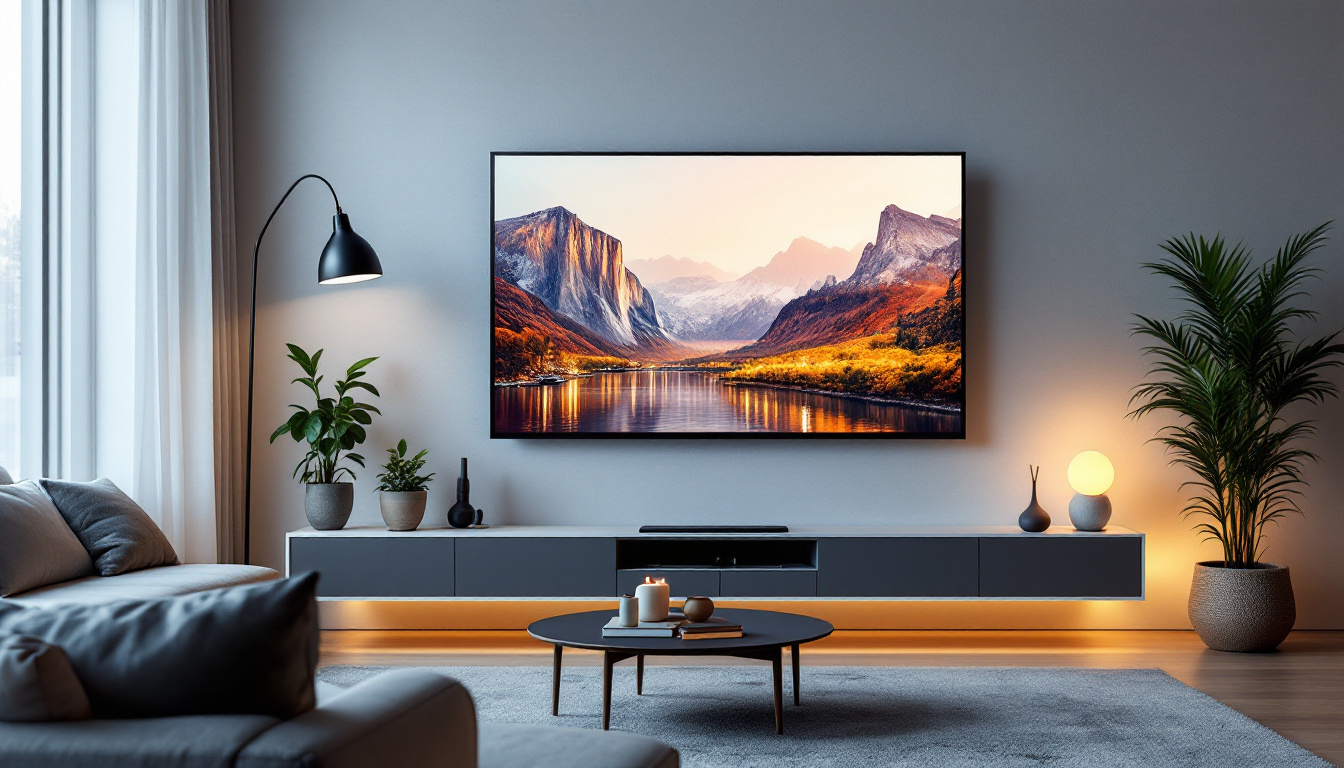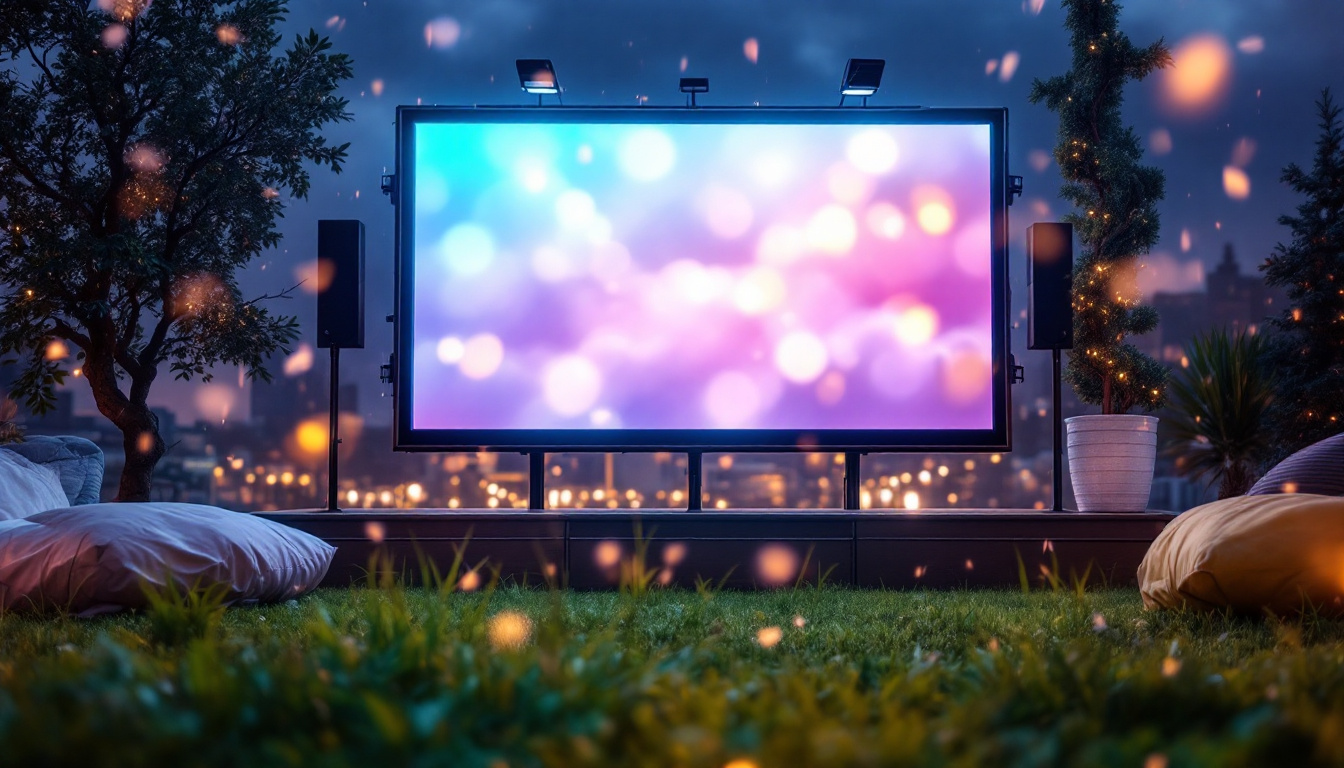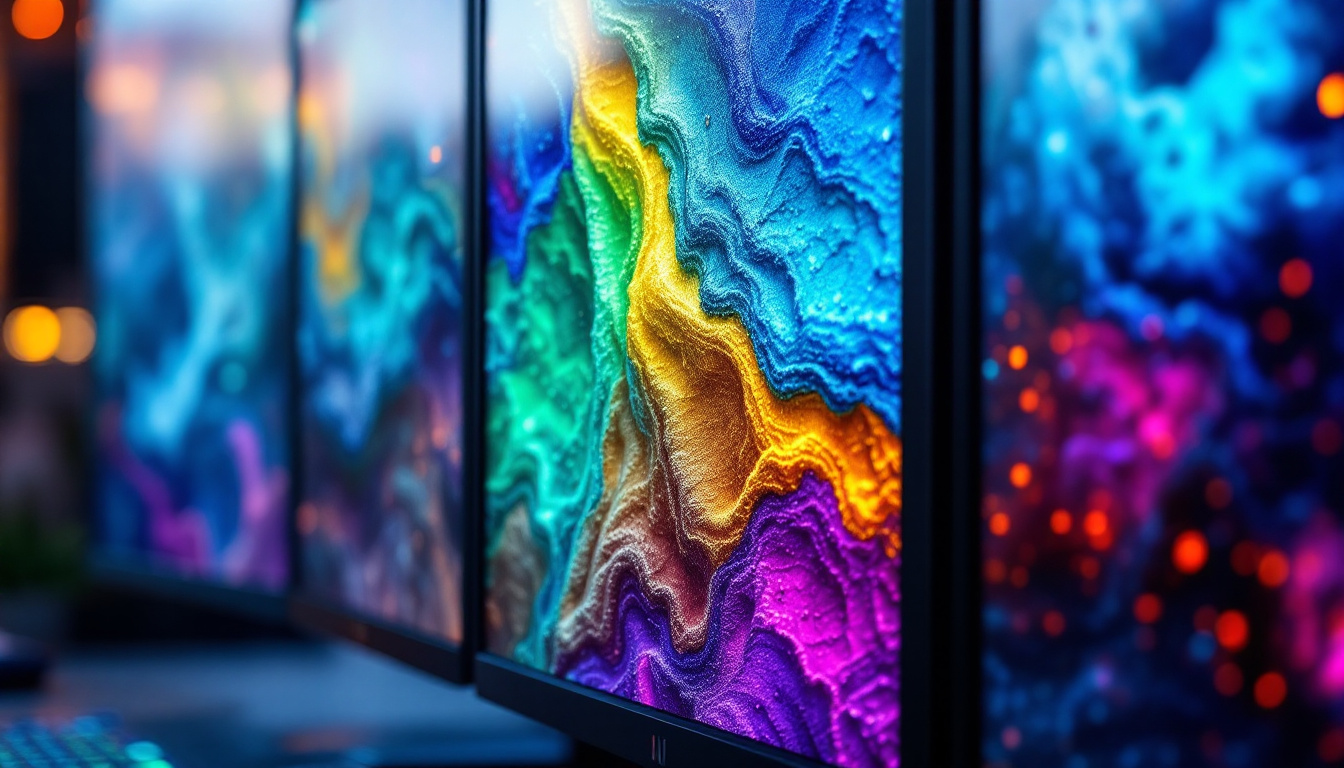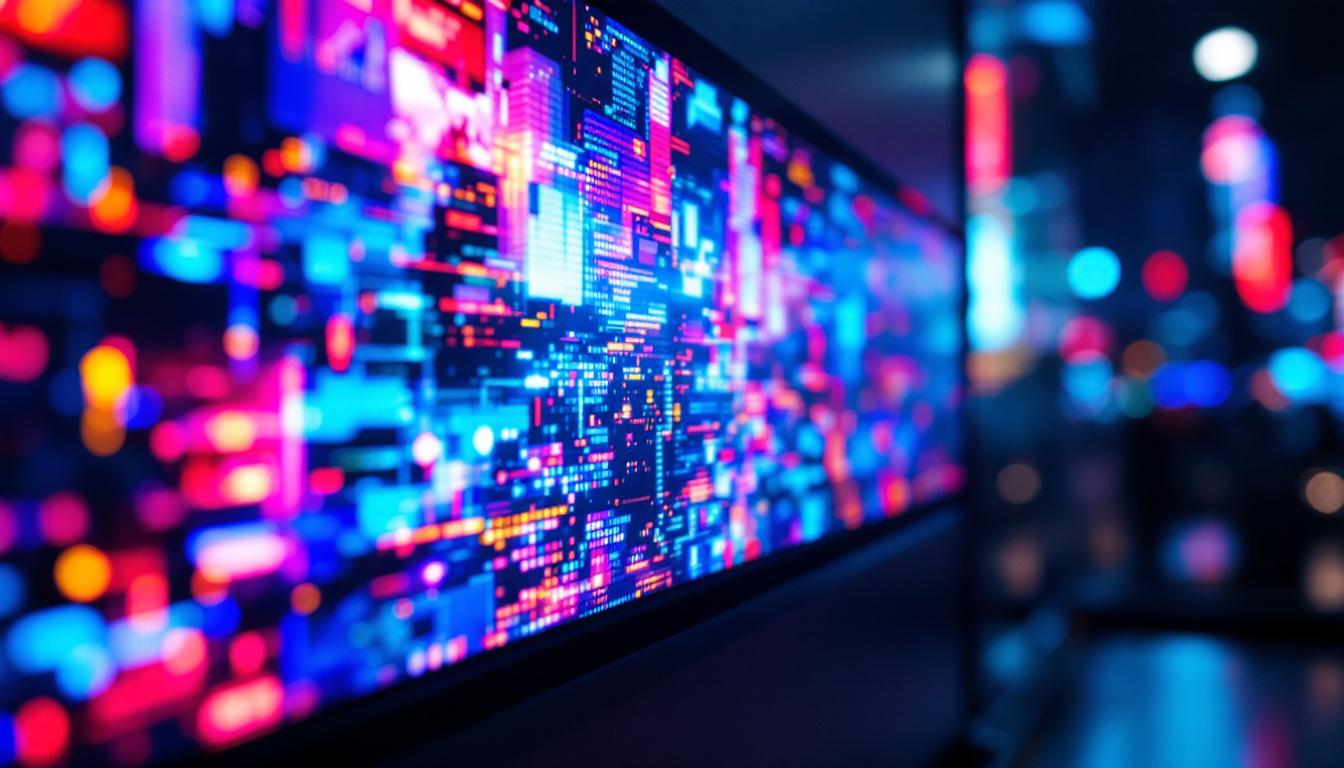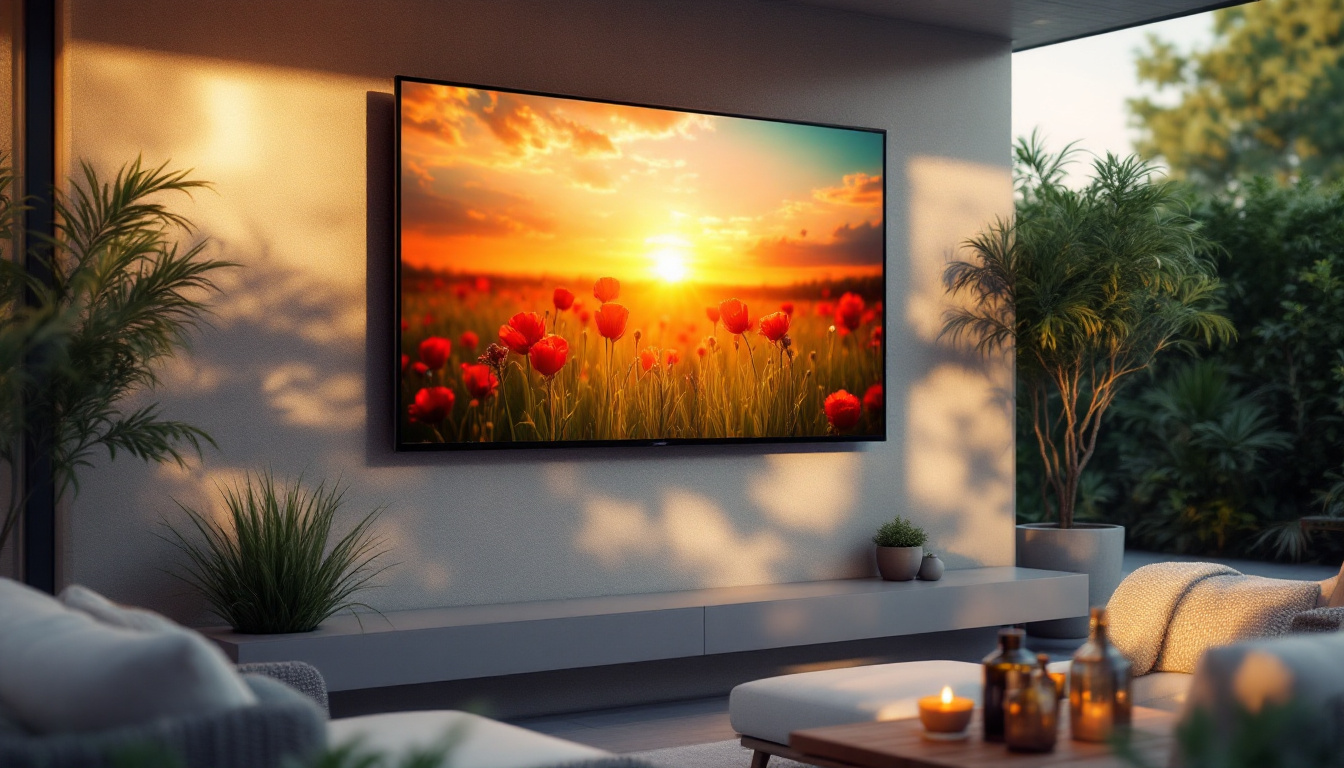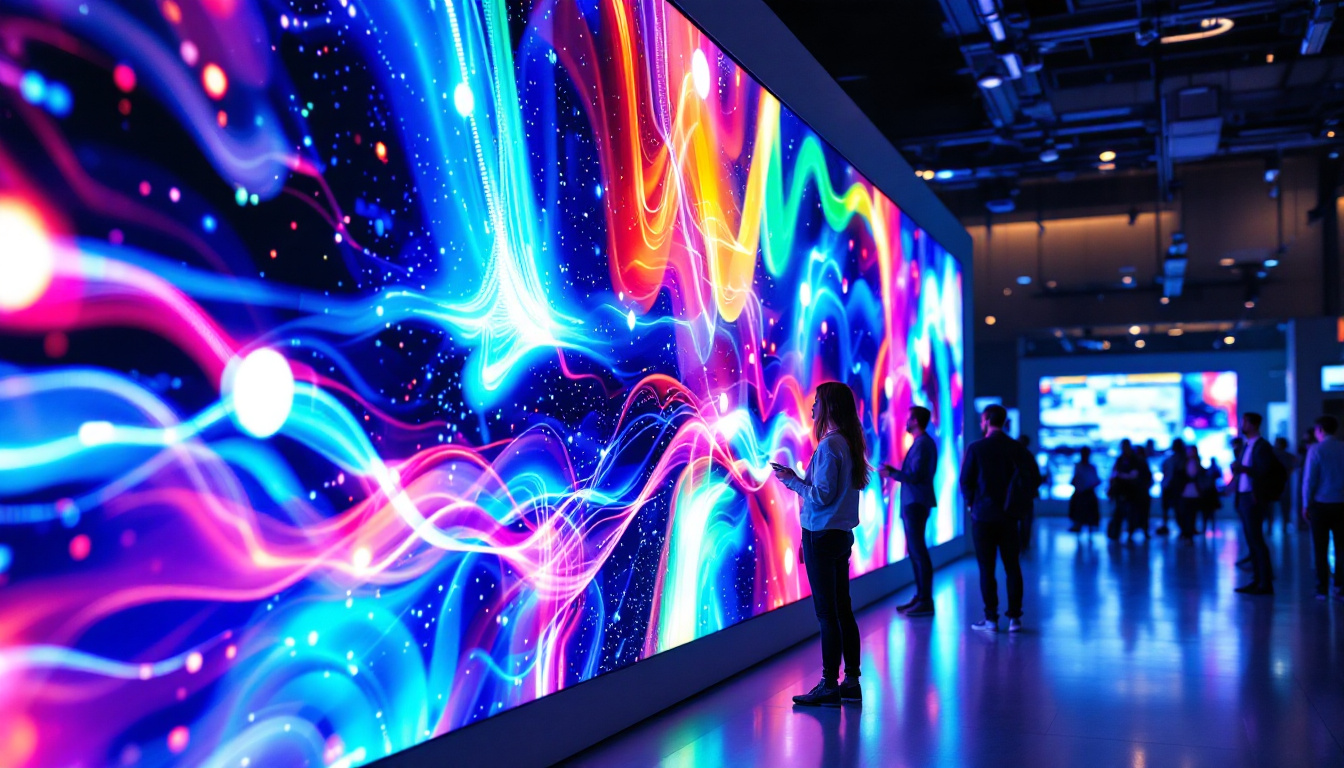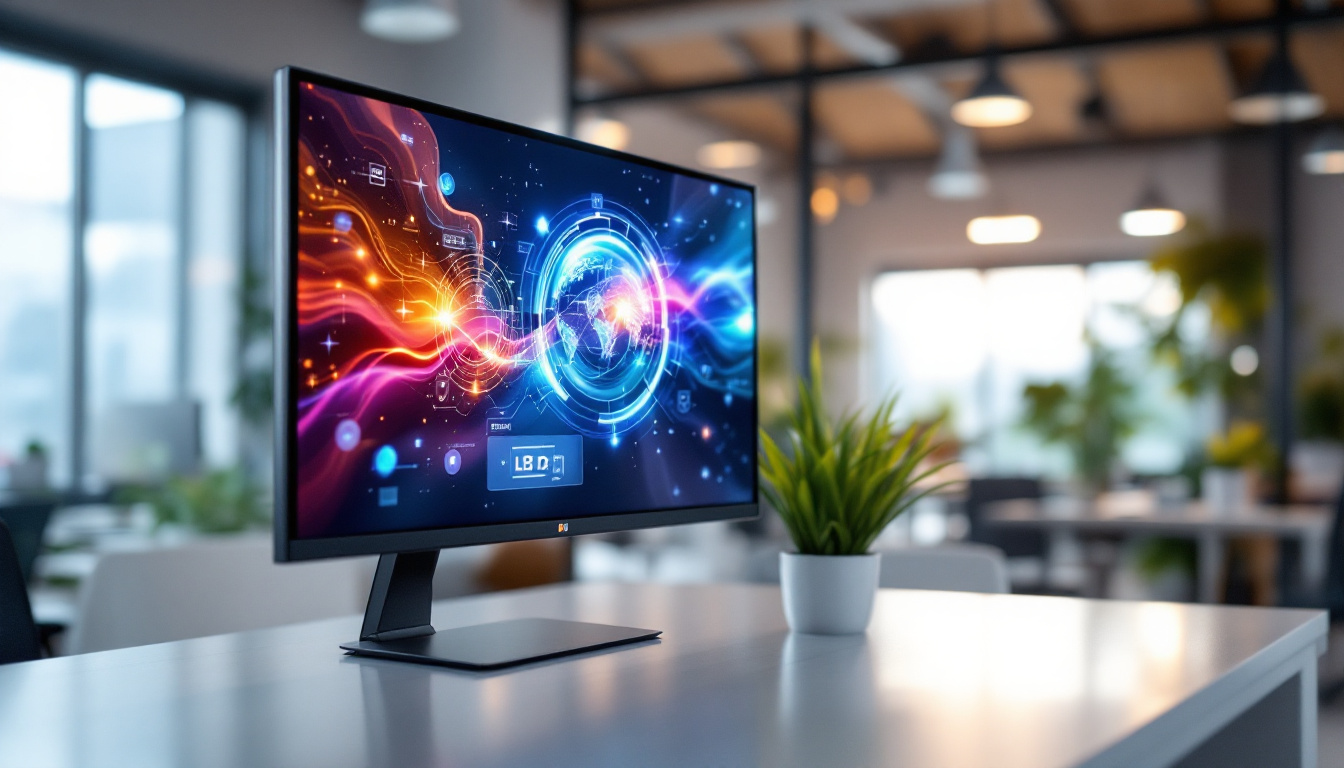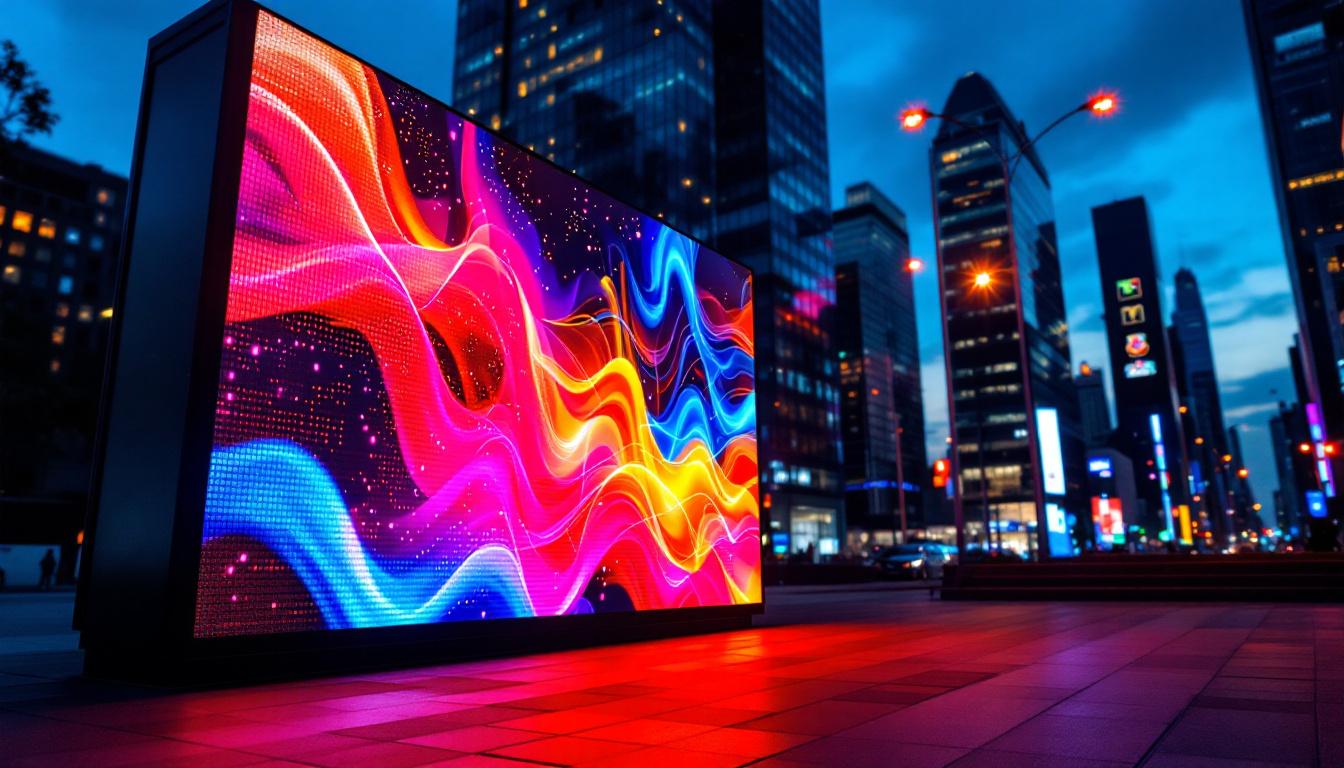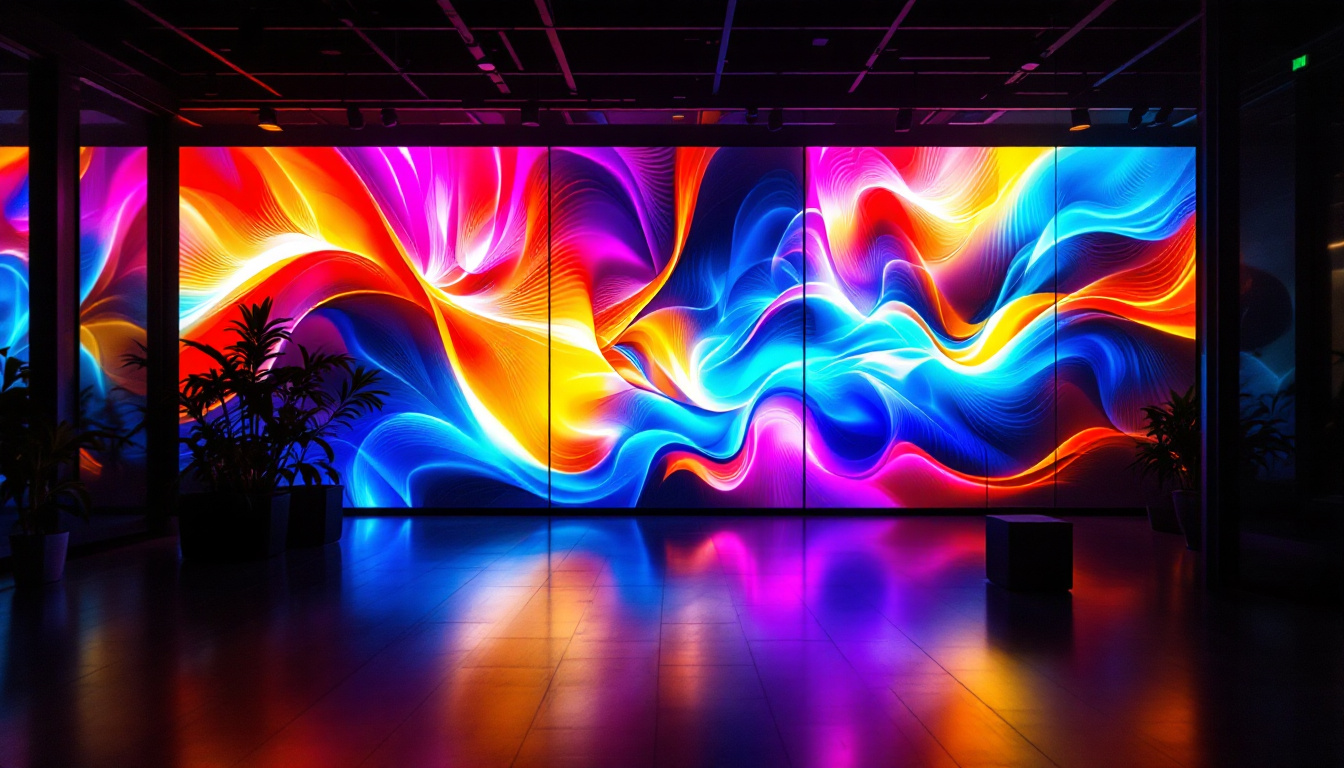In an age where visual communication plays a pivotal role in marketing, entertainment, and information dissemination, LED displays have emerged as a transformative technology. Wall Studio, a leader in the field, has been at the forefront of this innovation. This article delves into the intricacies of LED displays, their applications, benefits, and the technology behind them.
Understanding LED Technology
What is LED?
Light Emitting Diode (LED) technology is a semiconductor device that emits light when an electric current passes through it. Unlike traditional lighting solutions, LEDs are energy-efficient and have a longer lifespan, making them an ideal choice for various applications, including displays.
LEDs are composed of a chip made from a combination of materials, which emit light when energized. This process is known as electroluminescence. The ability to produce vibrant colors and high brightness levels has made LEDs a popular choice for displays in various environments. Furthermore, the compact size of LEDs allows for innovative designs and applications that were previously unattainable with conventional lighting methods. As a result, they have revolutionized not only the lighting industry but also the way we interact with technology in our daily lives.
Types of LED Displays
LED displays come in various forms, each tailored for specific applications. The most common types include:
- Direct View LED Displays: These displays consist of individual LED modules that form a larger screen. They are widely used for outdoor advertising and large events due to their high brightness and visibility.
- LED Video Walls: Comprising multiple screens, LED video walls create a seamless visual experience. They are often used in control rooms, broadcast studios, and large venues.
- Flexible LED Displays: These displays can bend and shape to fit various surfaces, making them ideal for creative installations and unique architectural designs.
In addition to these common types, there are also specialized LED displays, such as transparent LED screens, which allow for visibility through the display itself, making them perfect for retail environments where showcasing products behind the screen is essential. Another innovative type is the microLED display, which offers even higher resolution and efficiency, pushing the boundaries of display technology further and providing a more immersive viewing experience.
How LED Displays Work
LED displays function by using a grid of tiny LED lights to create images and videos. Each pixel on the display is made up of red, green, and blue (RGB) LEDs, which combine to produce a full spectrum of colors. The intensity of each color can be adjusted to create different shades and effects.
The images displayed are controlled by a computer system that processes the input signals, converting them into a format that the LED display can render. This technology allows for real-time updates and dynamic content, making LED displays highly versatile. Additionally, advancements in software and processing capabilities have enabled features like interactive displays, where users can engage directly with the content, enhancing the overall experience. This interactivity is especially popular in retail and exhibition spaces, where capturing audience attention is crucial.
Applications of LED Displays
Advertising and Marketing
One of the most prominent applications of LED displays is in advertising. Businesses utilize these displays to capture attention and convey messages effectively. From large billboards in urban areas to smaller displays in retail environments, LED technology allows for vibrant, eye-catching advertisements that can be updated in real-time.
Moreover, the ability to display video content enhances engagement, making LED displays a powerful tool in marketing strategies. Brands can showcase their products, promotions, and events, reaching a wider audience with dynamic content.
Events and Entertainment
In the world of entertainment, LED displays have revolutionized how audiences experience events. Concerts, festivals, and sports events often feature large LED screens that enhance the visual experience. These displays can project live feeds, graphics, and animations, creating an immersive environment for attendees.
Additionally, LED technology is used in stage design, allowing for creative backdrops and lighting effects that complement performances. The flexibility of LED displays enables designers to create unique visual experiences tailored to specific events.
Information and Wayfinding
LED displays are also widely used for information dissemination in public spaces. Airports, train stations, and shopping malls utilize LED screens to provide real-time information, such as flight schedules, directions, and promotional content.
The clarity and brightness of LED displays ensure that information is easily visible, even in bright environments. This functionality enhances the user experience by providing essential information efficiently and effectively.
Benefits of LED Displays
Energy Efficiency
One of the most significant advantages of LED displays is their energy efficiency. Compared to traditional display technologies, LEDs consume significantly less power, resulting in lower energy bills and a reduced carbon footprint. This efficiency is particularly beneficial for businesses that operate large displays continuously.
Furthermore, the longevity of LED technology means fewer replacements and maintenance costs, making it a cost-effective solution in the long run. The combination of energy savings and durability makes LED displays an attractive option for various applications.
High Brightness and Visibility
LED displays are known for their high brightness levels, which make them ideal for outdoor use. They can maintain visibility even in direct sunlight, ensuring that content remains clear and engaging. This characteristic is crucial for advertising and information displays, where visibility is paramount.
Additionally, the wide viewing angles of LED displays ensure that content can be seen from various positions, making them suitable for large audiences. This versatility enhances their effectiveness in both indoor and outdoor environments.
Dynamic Content Capabilities
The ability to display dynamic content is another significant benefit of LED technology. Unlike static displays, LED screens can showcase videos, animations, and real-time updates, providing a more engaging experience for viewers.
This capability allows businesses to adapt their messaging quickly, responding to trends, events, or promotions in real-time. The flexibility to change content frequently keeps audiences engaged and informed, making LED displays a valuable asset in marketing and communication strategies.
The Technology Behind LED Displays
Pixel Pitch and Resolution
Pixel pitch refers to the distance between the centers of two adjacent pixels on an LED display. This measurement plays a crucial role in determining the display’s resolution and clarity. A smaller pixel pitch results in a higher resolution, allowing for more detailed images and videos.
When selecting an LED display, understanding pixel pitch is essential. For instance, displays with a pixel pitch of 2mm are suitable for close viewing distances, such as in retail environments, while larger pitches may be more appropriate for outdoor advertising where viewers are farther away.
Control Systems
The control system of an LED display is responsible for managing the content displayed. This system processes input signals and converts them into a format that the display can render. Advanced control systems allow for real-time updates and synchronization across multiple displays, enhancing the overall visual experience.
Moreover, many control systems come with user-friendly interfaces, enabling operators to manage content easily. This accessibility is crucial for businesses that frequently update their messaging or require dynamic content.
Installation and Maintenance
Installing LED displays requires careful planning and consideration of various factors, including location, viewing distance, and power supply. Professional installation ensures that the display is set up correctly and operates efficiently.
Maintenance of LED displays is relatively straightforward, primarily involving regular cleaning and software updates. The durability of LED technology reduces the need for frequent repairs, making it a low-maintenance option for businesses.
Future Trends in LED Display Technology
Advancements in Flexibility
The future of LED displays is poised for exciting advancements, particularly in flexibility. As technology evolves, manufacturers are developing more flexible and lightweight displays that can be used in innovative ways. This trend opens up new possibilities for creative installations and unique designs.
Flexible LED displays can be integrated into various surfaces, including curved walls and unconventional shapes, allowing for greater creativity in architectural and artistic applications. This adaptability will likely lead to more immersive experiences in public spaces and events.
Integration with Smart Technology
As the world becomes increasingly connected, the integration of LED displays with smart technology is expected to grow. This integration will enable displays to interact with other devices, providing personalized content and enhancing user engagement.
For instance, smart LED displays could adjust their content based on real-time data, such as weather conditions or audience demographics. This capability will create a more tailored experience, allowing businesses to connect with their audience more effectively.
Sustainability Initiatives
With a growing emphasis on sustainability, the LED display industry is expected to focus on environmentally friendly practices. This includes using recyclable materials in manufacturing and improving energy efficiency further.
As consumers become more conscious of their environmental impact, businesses that adopt sustainable practices in their LED display solutions will likely gain a competitive edge. This trend aligns with the broader movement towards sustainability in various industries, making it a crucial consideration for the future.
Conclusion
LED displays have revolutionized the way information is communicated and experienced. With their energy efficiency, high brightness, and dynamic content capabilities, they have become indispensable tools in advertising, entertainment, and information dissemination.
As technology continues to evolve, the future of LED displays looks promising, with advancements in flexibility, smart technology integration, and sustainability initiatives on the horizon. Wall Studio remains committed to pushing the boundaries of LED display technology, ensuring that businesses can leverage these powerful tools to engage their audiences effectively.
Understanding the intricacies of LED displays is essential for businesses looking to enhance their visual communication strategies. By embracing this technology, organizations can create impactful experiences that resonate with their audiences and drive engagement.
Discover LumenMatrix LED Display Solutions
Ready to elevate your visual communication with the latest in LED display technology? Explore LumenMatrix’s diverse range of innovative LED display modules, designed to captivate your audience and amplify your brand’s presence. From Indoor and Outdoor LED Walls to specialized solutions like Vehicle, Sports, and Floor LED Displays, LumenMatrix offers custom and all-in-one solutions that promise to transform your space and engage viewers like never before. Embrace the future of digital signage with LumenMatrix’s transparent and dynamic LED displays. Check out LumenMatrix LED Display Solutions today and start creating unforgettable visual experiences.

